Stock ticker symbols: Markers of change
Evolving with the times.
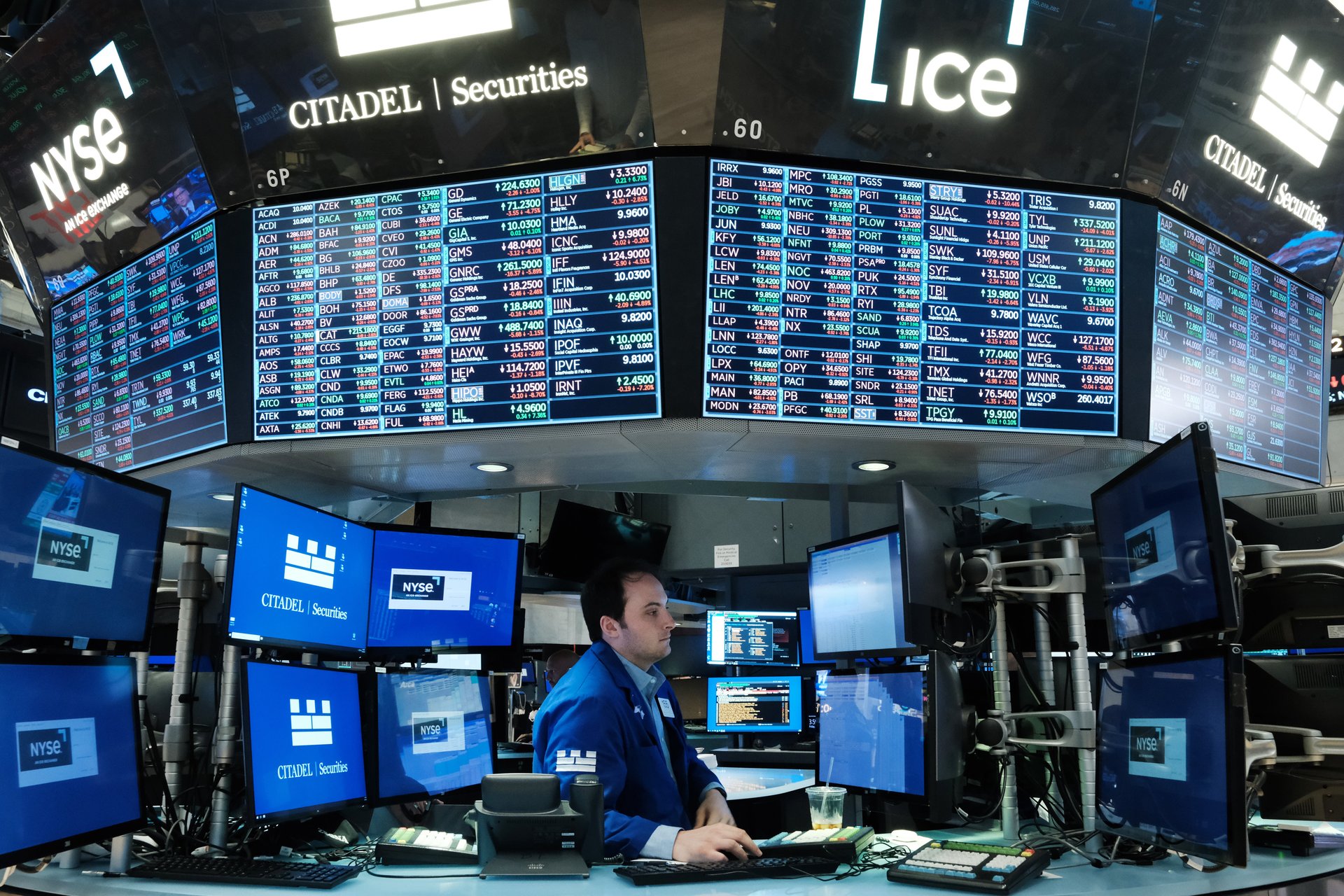
Crawling to the digital age
Suggested Reading
On business news channels such as CNBC and Fox Business, a stock ticker crawls elegantly across the bottom of the screen. The bulletin—Apple Inc. (AAPL) $174.15 ↓ $0.40 • Microsoft Corp. (MSFT) $290.17 ↓ $1.15—glides by like the Yankees-Red Sox score on ESPN.
Related Content
When talking about stocks, commodities, currencies, and even cryptocurrencies, we often use these assets’ symbolic shorthands. The string of digits, letters, and symbols can feel confusing to the uninitiated, but they convey specific nuggets of knowledge. If I sell my BTC to take GME to the moon—to use the most modern example possible—I’m selling bitcoin and investing in the video game retailer and primordial meme stock GameStop.
But long before they appeared on television or computer screens, stock tickers were physical tapes spit out of telegraph machines. Invented in 1863 and introduced to the New York Stock Exchange (NYSE) in 1867, ticker tape revolutionized the spread of financial information and, according to the NYSE, “significantly narrow[ed] the gap between Wall Street and Main Street.”
LTS TKE a CLSR LK.
By the digits
$100,000: The price Gold & Stock Telegraph Co. paid Edward Calahan for the first ticker machine in 1867
$40,000: How much Thomas Edison made by selling his improved version of Calahan’s machine and related inventions, giving him the capital to open his Newark lab
1,000: Stock ticker machines installed in offices of New York bankers and brokers in the 1880s
11,039: Stock ticker symbols on US exchanges, as of 2021
5: Nasdaq’s letter limit for stock symbols, which is more generous than NYSE’s four-letter limit
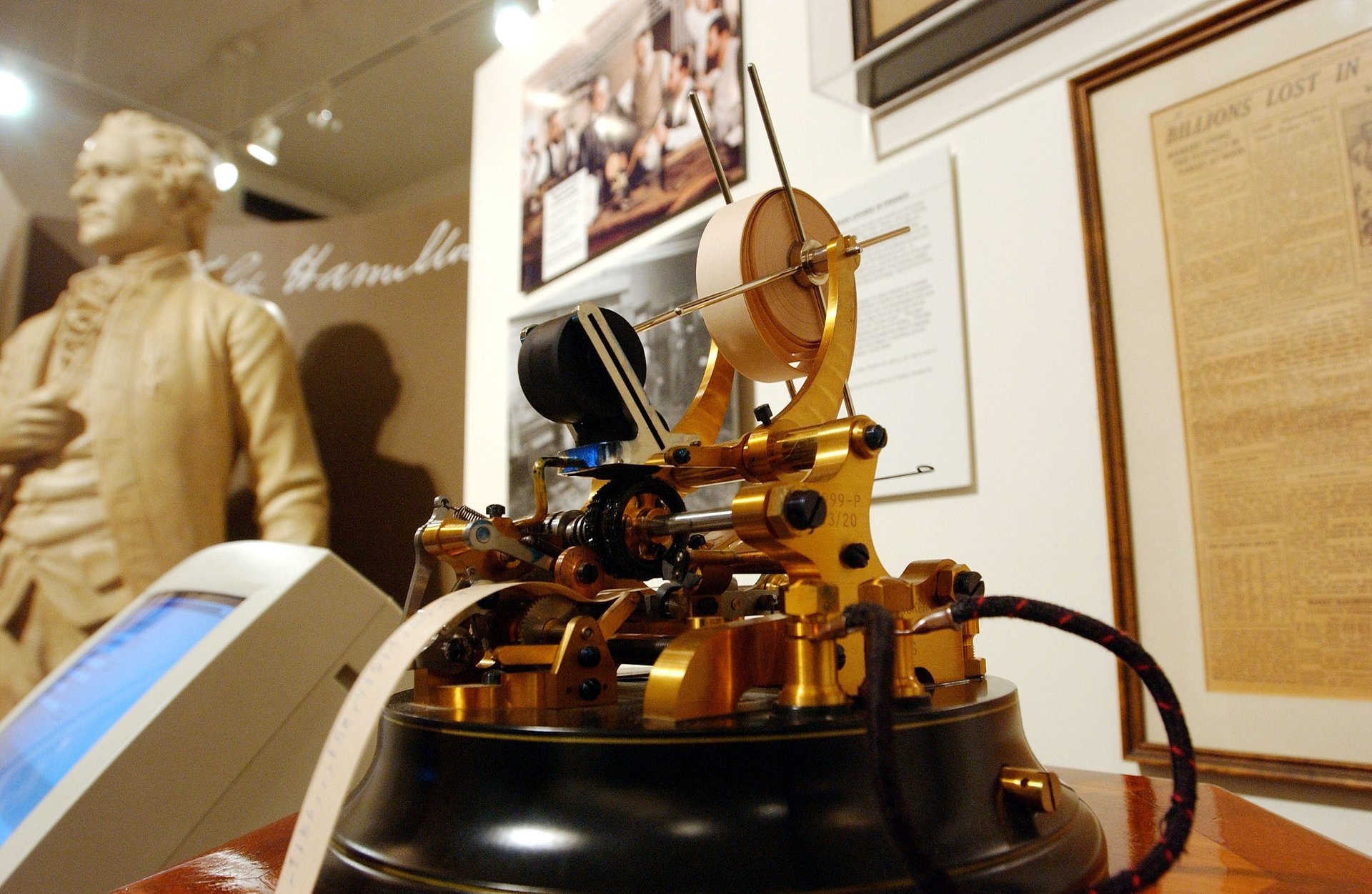
A symbol of evolution
The origin myth of the stock ticker machine began on a rainy day. Inventor Edward Calahan, who worked on telegraphic technology, took shelter in the doorway of a stock exchange building and was nearly trampled by messengers. At the time, “bankers and brokers could learn the prices of gold and stocks only by means of free-lance messenger boys, who rushed about ascertaining the latest quotations on the different exchanges,” Calahan’s son told The New Yorker in 1964. That all changed when Calahan invented the stock ticker machine, which transmitted stocks’ symbols and prices on ticker tape, significantly cutting the time and boosting the accuracy of a trade.
While physical tickers were replaced with computers in the late 20th century, ticker symbols still serve their original purpose, giving stock traders and financial analysts a system of shorthand language to communicate about publicly traded companies. Why spell out Kellogg when you can just use its symbol K? Coca-Cola is KO, Tesla is TSLA, and Disney is DIS. Some are even clever—Harley-Davidson is HOG, The Cheesecake Factory is CAKE, and Sotheby’s is BID—a big branding opportunity for consumer-facing companies courting retail investors.
On financial and business corners of Twitter, stock symbols are everywhere. But instead of GOOG, you’ll see the clickable cashtag $GOOG. These were introduced to Twitter 2012, giving stock symbols the same aggregating functionality as hashtags, so users can view the conversation about a given stock—one of the latest iterations of the innovation sparked by physical stock tickers.
Quotable
“Oh! The market’s not so good today. Your stocks look kind of sick. In fact they all dropped down a point each time the tickers tick.”
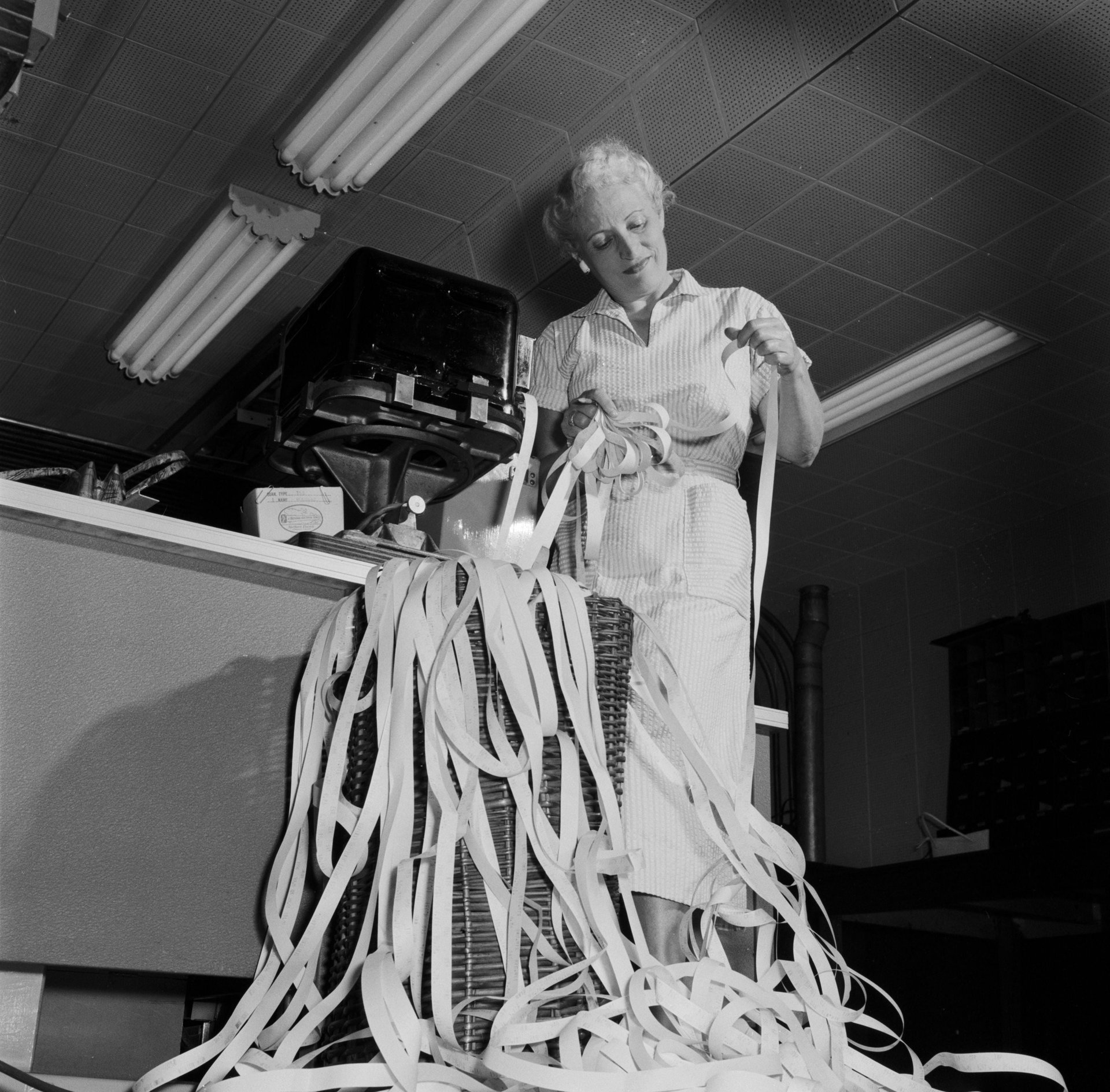
Pop quiz
What’s the stock symbol for amusement park company Cedar Fair Entertainment?
A. OHIO
B. WOOD
C. RIDE
D. FUN
Brief history
1792: The NYSE opens.
1863: Stock ticker telegraphs were invented.
1867: The first ticker is unveiled for the NYSE.
1873: Thomas Edison designed an improved machine for Gold & Stock Telegraph Co.
1878: The first telephones are installed in the NYSE.
1929: When the stock market crashed on Black Tuesday, tickers famously could not keep up with quick and dramatic price updates.
1961: The Quotron machine is introduced, allowing traders to electronically query for stock prices.
1966: The NYSE switches to a computerized ticker system.
1989: CNBC launches with a televised stock ticker.
2012: Twitter introduces cashtags like $AAPL and $GOOG to aggregate financial information on the website.
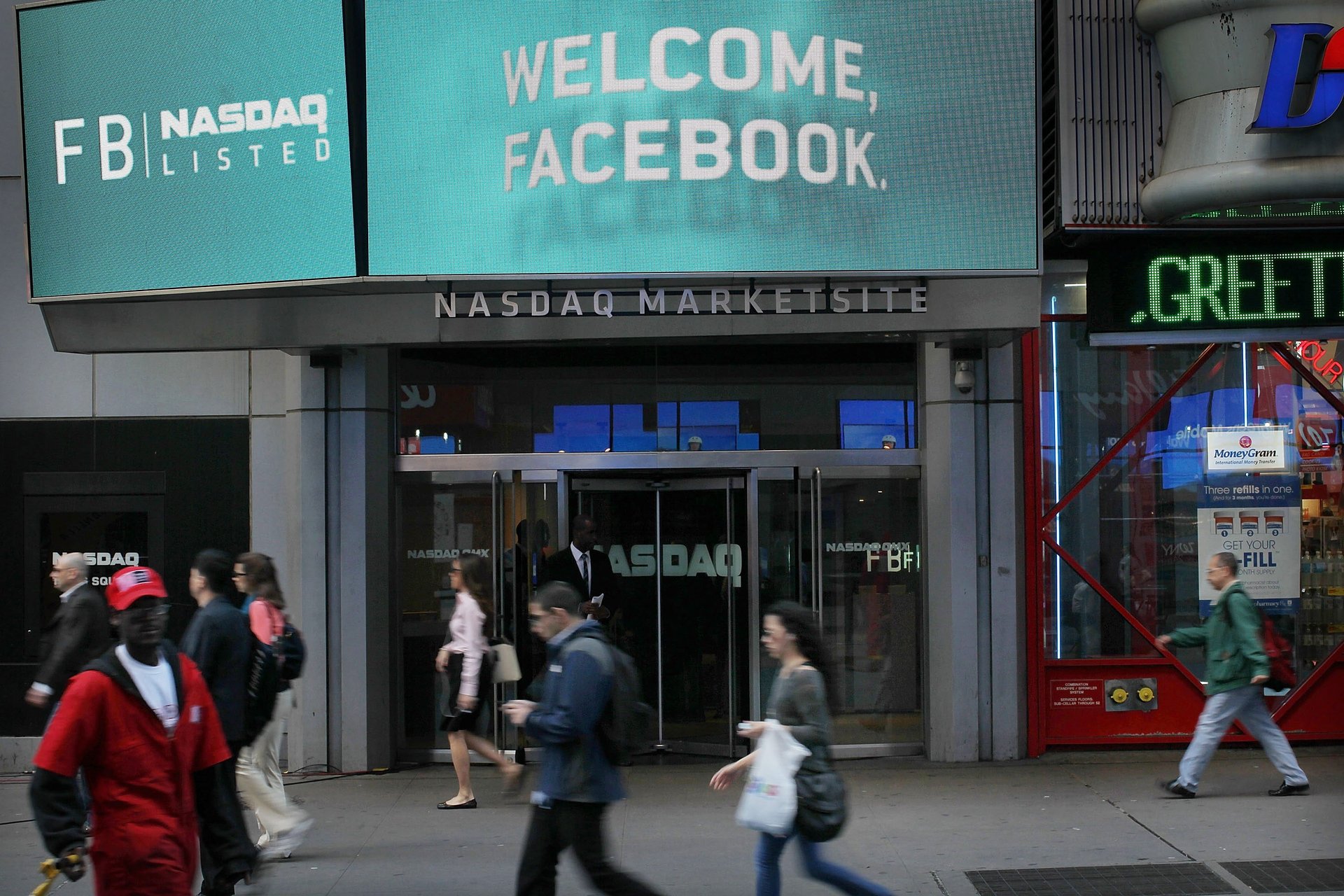
Symbolic change
Companies change their ticker symbols for different reasons. Mergers, acquisitions, and delistings constantly alter the stock symbol rolodex. But sometimes they change because a new branding opportunity arises. Aluminum packaging producer Ball Corp. changed from BLL to BALL to celebrate its 50th anniversary of going public this year. (Until 2011, four-letter symbols were unavailable on the NYSE—LinkedIn’s LNKD was the first, though it’s now part of Microsoft, or MSFT.)
Sometimes companies change symbols after they change their name. On June 9, Facebook changed its symbol from FB to META to signify its new corporate name, Meta Platforms Inc. It’s part of a broader marketing campaign to associate Facebook with the much-heralded metaverse.
Fun fact
General news tickers have been seen on television since the 1950s, but the attacks on Sept. 11, 2001 changed everything. The constant barrage of new information made tickers a permanent fixture on cable news networks.
Take me down this 🐰 hole!
When people hear “ticker tape,” many think of something mostly unrelated to the stock market: ticker tape parades. Ticker tape parades originated in 1886 during the dedication of the Statue of Liberty in New York. Wall Street traders and office workers threw ticker tape out of their Lower Manhattan windows and watched as they swirled down to the crowded streets below. Since then, ticker tape parades have been a staple of city life, though shredded paper is the impromptu confetti of choice these days. According to The New York Times, a record 2,000 tons of ticker tape and paper were picked up from the streets of Manhattan after a 1937 American Legion parade.
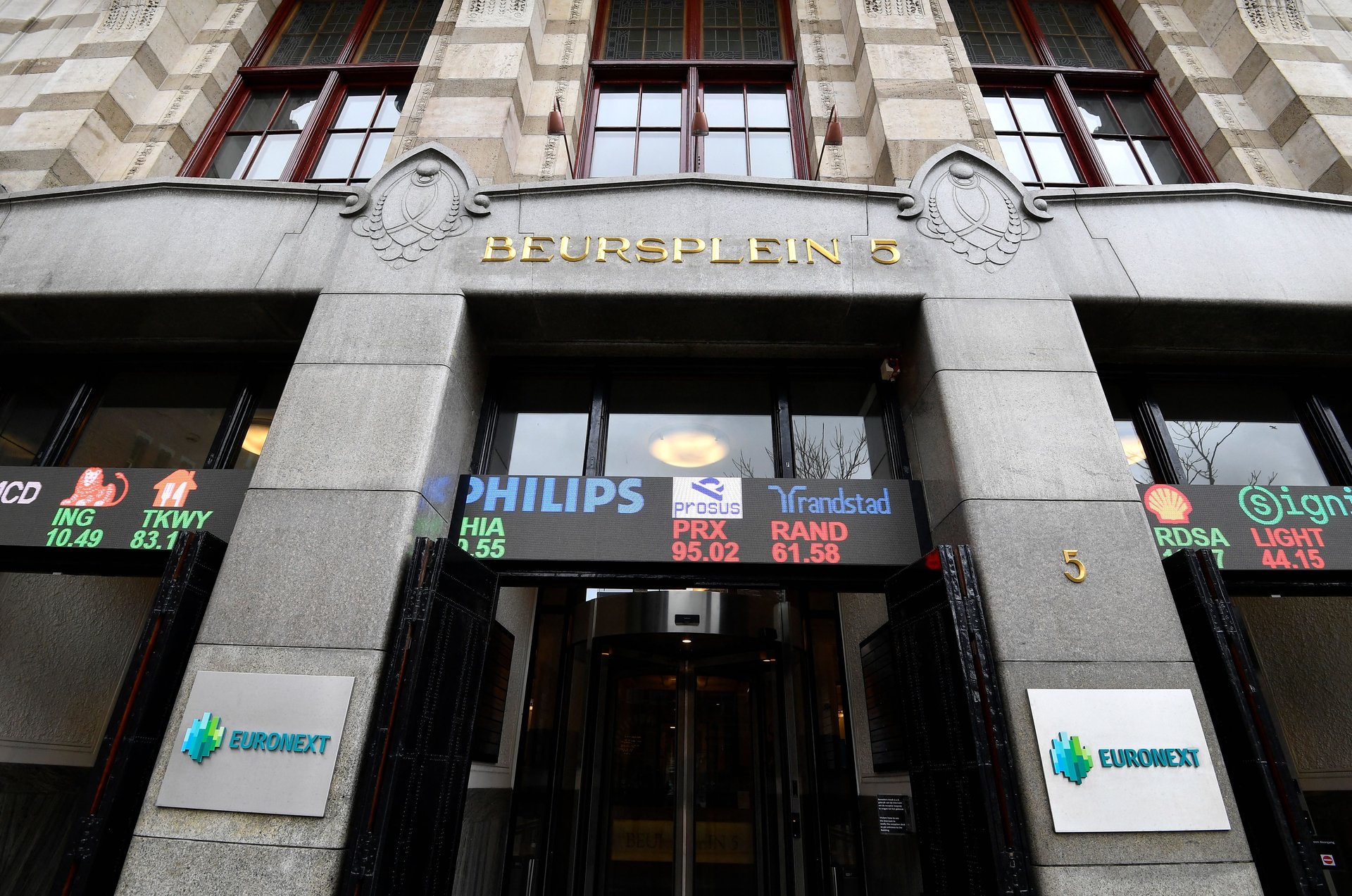
Poll
What stock ticker symbol should Quartz adopt if it ever went public?
Let us know, just in case!
💬 Let’s talk!
In our last poll about Bass Pro Shops, 47% of you said you’d be happy to head over to Outdoor World (or, we assume you understood that’s what “I slappa da Bass!” meant), but 25% of you said you’d been stuck there for years. We’re sending help.
Today’s email was written by Scott Nover (ticker tape parade grand marshal) and edited by Sofia Lotto Persio (goes by SLP).
The answer to the quiz is D. FUN (!)
Correction: An earlier version of this email referred to Ball Corp. as a glassware maker. The company sold its glass business in 1996 and pivoted to aluminum packaging.